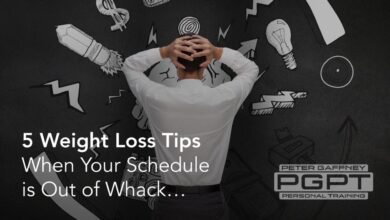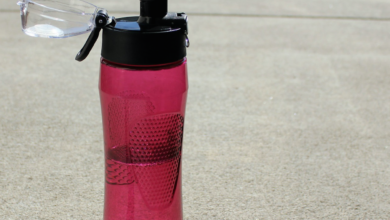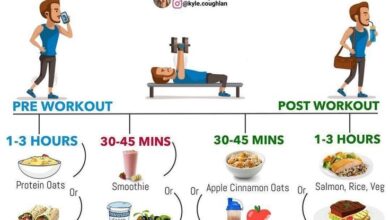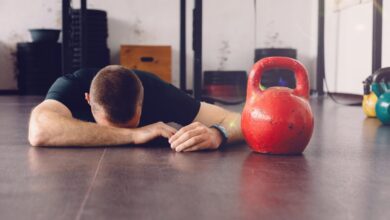
Is Active Recovery Better Than a Rest Day?
Is active recovery better than a rest day? This question often pops up in the minds of fitness enthusiasts, and the answer isn’t always straightforward. Active recovery, with its gentle movements and light exercise, seems like a great way to keep the blood flowing and muscles loose, but can it truly replace the restorative power of a full rest day?
Let’s delve into the world of active recovery and rest, exploring the science behind each, and ultimately, empowering you to make the best choice for your body and your fitness goals.
Active recovery involves light physical activity designed to aid in muscle recovery and reduce stiffness. Think of it as a gentler approach to exercise, promoting blood flow and easing muscle tension. On the other hand, a complete rest day involves complete inactivity, allowing your body to fully recharge and repair.
Both approaches have their merits, and the best choice ultimately depends on your individual needs and training goals.
Active Recovery vs. Rest Day
When it comes to optimizing your fitness journey, understanding the nuances of recovery is paramount. While a complete rest day allows your body to fully rejuvenate, active recovery offers a unique approach to promoting healing and maintaining fitness levels.
The Difference Between Active Recovery and Rest Day
Active recovery and a complete rest day are distinct strategies for allowing your body to recover from intense workouts. A complete rest day involves minimal physical activity, allowing your muscles to repair and rebuild. In contrast, active recovery involves light-intensity activities that promote blood flow and flexibility without stressing your muscles.
Examples of Active Recovery Activities
Active recovery activities are designed to keep your body moving without putting excessive strain on your muscles. These activities include:
- Light Walking:A leisurely stroll can improve circulation and reduce muscle soreness.
- Swimming:The buoyancy of water supports your body, minimizing impact on your joints.
- Yoga:Gentle stretching and deep breathing can improve flexibility and promote relaxation.
- Cycling:A low-intensity bike ride can improve cardiovascular health and reduce muscle stiffness.
Examples of Complete Rest Day Activities
A complete rest day should involve minimal physical activity and focus on relaxation and rejuvenation. Examples of activities that fall under this category include:
- Sleeping:Adequate sleep is crucial for muscle recovery and overall well-being.
- Meditation:Mindfulness practices can reduce stress and promote mental clarity.
- Reading:Engaging in a relaxing activity like reading can help you unwind and de-stress.
- Spending Time in Nature:Exposure to nature can have a calming effect and reduce cortisol levels.
Physiological Benefits of Active Recovery
Active recovery provides several physiological benefits, including:
- Improved Circulation:Light activity increases blood flow, delivering oxygen and nutrients to your muscles.
- Reduced Muscle Soreness:Active recovery can help flush out lactic acid, a byproduct of exercise that contributes to muscle soreness.
- Enhanced Flexibility:Gentle stretching and movement can improve range of motion and reduce muscle stiffness.
- Increased Metabolism:Light activity can boost your metabolism, helping you burn calories and maintain a healthy weight.
Physiological Benefits of a Complete Rest Day
A complete rest day allows your body to fully recover from intense workouts. Some key physiological benefits include:
- Muscle Repair and Growth:Rest is essential for muscle protein synthesis, the process by which your muscles repair and rebuild after exercise.
- Hormonal Balance:Rest allows your body to regulate hormone levels, including cortisol, which is associated with stress.
- Improved Sleep Quality:Rest days can help improve sleep quality, leading to better recovery and overall well-being.
- Reduced Risk of Injury:Adequate rest can help prevent overuse injuries by allowing your body to recover from the demands of exercise.
The Role of Active Recovery in Exercise Recovery: Is Active Recovery Better Than A Rest Day
Active recovery plays a crucial role in helping your body bounce back after intense workouts. Instead of complete rest, it involves engaging in low-intensity activities that promote blood flow and aid in muscle repair and recovery.
It’s a common question in the fitness world: is active recovery better than a rest day? While both have their merits, I often find myself leaning towards a light workout, like a walk or yoga, to keep my body moving and prevent stiffness.
But I’m also a big believer in nutrition, and I’ve been curious about the hype around grapefruit for weight loss. If you’re wondering if it’s all it’s cracked up to be, check out this article on is grapefruit actually that great for weight loss.
Once I’ve got a better handle on that, I’ll be able to make a more informed decision about whether active recovery or a complete rest day is better for me.
Active Recovery and Muscle Repair
Active recovery helps in muscle repair by increasing blood flow to the muscles. This enhanced blood flow delivers essential nutrients, such as oxygen and amino acids, to the muscle tissues, facilitating the repair process. Additionally, it helps remove metabolic byproducts, such as lactic acid, which can accumulate during intense exercise and contribute to muscle fatigue and soreness.
Impact of Active Recovery on Muscle Soreness and Stiffness, Is active recovery better than a rest day
Active recovery effectively reduces muscle soreness and stiffness, often referred to as Delayed Onset Muscle Soreness (DOMS). Low-intensity activities stimulate muscle contractions, which promotes blood flow and helps remove waste products that contribute to soreness. This gentle stimulation also helps to loosen up stiff muscles and improve flexibility.
So, is active recovery truly better than a full rest day? It depends on your goals and how your body feels. Active recovery can help maintain blood flow and prevent stiffness, but if you’re truly exhausted, sometimes the best thing you can do is give your body a break.
And don’t forget about fueling your recovery with healthy foods! Check out these strategies for eating in moderation to ensure you’re providing your body with the right nutrients for optimal recovery. Whether you choose active recovery or a rest day, listening to your body is key.
Active Recovery Promotes Faster Recovery Times
Research has shown that active recovery can significantly contribute to faster recovery times after strenuous exercise. Studies have indicated that individuals who engage in active recovery experience less muscle damage and inflammation, leading to a quicker return to their desired fitness levels.
For example, a study published in the Journal of Strength and Conditioning Research found that active recovery, involving light cycling, was more effective in reducing muscle soreness and improving recovery compared to complete rest.
Benefits of Active Recovery Beyond Exercise Recovery
Active recovery, often considered a crucial part of exercise recovery, extends its benefits beyond simply aiding muscle repair and reducing soreness. It plays a significant role in promoting overall well-being, encompassing mental health, cardiovascular health, and flexibility.
Mental Health and Well-being
Active recovery can be a powerful tool for enhancing mental health and well-being. Engaging in low-intensity activities like yoga, walking, or swimming can help alleviate stress, reduce anxiety, and improve mood.
“Regular exercise is known to have a positive impact on mental health, and active recovery, being a form of exercise, can contribute to this benefit.”
By promoting the release of endorphins, these activities can act as natural mood boosters, leaving you feeling more energized and optimistic.
Improved Blood Circulation and Cardiovascular Health
Active recovery promotes better blood circulation throughout the body. Engaging in activities like walking or cycling can help improve blood flow to muscles and organs, delivering oxygen and nutrients while removing waste products. This enhanced circulation can contribute to better cardiovascular health, reducing the risk of heart disease and stroke.
Flexibility and Joint Mobility
Active recovery can contribute to improved flexibility and joint mobility. Activities like yoga, stretching, or light Pilates can help loosen tight muscles, increase range of motion, and improve joint health. By regularly incorporating these activities into your routine, you can reduce the risk of injuries, enhance your overall movement efficiency, and maintain a healthy posture.
Considerations for Choosing Active Recovery vs. Rest Day
Deciding between an active recovery session and a complete rest day is a crucial aspect of optimizing your fitness journey. Both approaches have their unique benefits, and the choice ultimately depends on your individual needs and the demands of your training program.
Several factors influence the best choice for you. Understanding these factors allows you to make informed decisions that promote optimal recovery and enhance your overall fitness progress.
Factors to Consider When Choosing Between Active Recovery and Rest Day
Choosing between active recovery and a complete rest day involves considering several factors, including the intensity and duration of your recent workout, your overall fitness level, and your individual recovery needs.
- Intensity and Duration of Your Recent Workout:After a high-intensity or prolonged workout, your body needs more time to recover. A complete rest day might be more beneficial than active recovery, allowing your muscles to fully repair and rebuild. Conversely, a moderate-intensity workout might warrant an active recovery session, promoting blood flow and preventing muscle stiffness.
- Overall Fitness Level:Beginners and those with lower fitness levels may benefit more from rest days. Their bodies are still adapting to exercise, and they need adequate time to recover. More experienced athletes can often handle more frequent active recovery sessions.
- Individual Recovery Needs:Listen to your body. If you feel excessively fatigued or sore, a rest day is likely necessary. If you feel relatively recovered but still need a break from strenuous activity, active recovery might be the right choice.
- Goals and Training Schedule:If your goal is to improve endurance, active recovery sessions can help maintain your fitness levels. If your goal is to build muscle mass, rest days are essential for muscle growth and repair. Your training schedule also plays a role.
If you have multiple intense workouts in a row, a rest day might be needed before returning to active recovery.
Active Recovery Activities for Different Fitness Levels and Exercise Types
Active recovery activities offer a range of options, catering to different fitness levels and exercise types. This table provides a guide to suitable activities for various scenarios.
| Activity | Fitness Level | Suitable for |
|---|---|---|
| Light Walking | Beginner, Intermediate, Advanced | Most Exercise Types |
| Swimming | Beginner, Intermediate, Advanced | Most Exercise Types |
| Cycling (Low Intensity) | Beginner, Intermediate, Advanced | Most Exercise Types |
| Yoga | Beginner, Intermediate, Advanced | Strength Training, Endurance Training |
| Pilates | Beginner, Intermediate, Advanced | Strength Training, Endurance Training |
| Foam Rolling | Beginner, Intermediate, Advanced | Strength Training, Endurance Training |
Decision-Making Process for Choosing Between Active Recovery and Rest Day
To guide your decision-making process, consider this flowchart:
Recent Workout:High Intensity or Long Duration? Yes:Rest Day No:Continue
Overall Fitness Level:Beginner or Low Fitness? Yes:Rest Day No:Continue
The age-old debate of active recovery versus rest days is back in the spotlight as gyms are reopening. While some swear by the benefits of light movement for muscle recovery, others prioritize complete rest. With gyms implementing new safety measures, like how gyms are reopening and steps to stay safe , it’s more important than ever to listen to your body and choose the recovery strategy that works best for you.
Ultimately, the key is finding a balance that allows you to train consistently and avoid injury, whether that involves a gentle yoga session or a full day off from exercise.
Individual Recovery Needs:Feeling Extremely Fatigued or Sore? Yes:Rest Day No:Active Recovery
Active Recovery Strategies and Examples
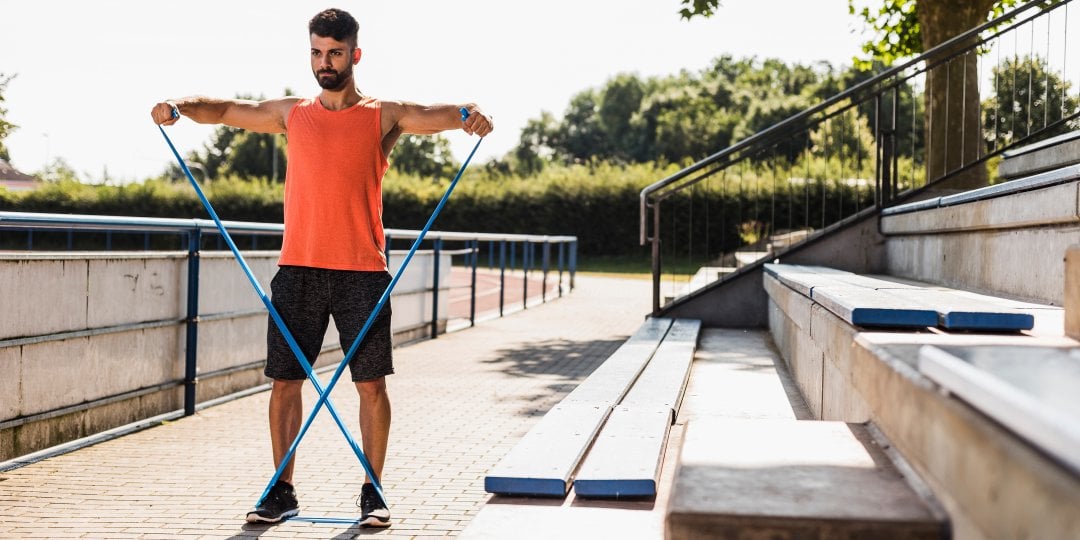
Active recovery is a crucial aspect of a well-rounded training program, allowing your body to recover from intense workouts while maintaining a degree of physical activity. This approach helps prevent muscle soreness, reduce fatigue, and enhance overall fitness. By incorporating active recovery strategies into your routine, you can promote long-term health and performance gains.
Light Cardio
Light cardio is a key component of active recovery, helping to improve blood flow and flush out metabolic byproducts. It involves engaging in low-intensity activities that elevate your heart rate but do not strain your muscles. Examples of light cardio activities include:
- Walking: A simple yet effective form of active recovery, walking at a moderate pace can improve blood circulation and reduce muscle stiffness.
- Swimming: The buoyancy of water supports your body, reducing stress on your joints while providing a full-body workout. Gentle swimming laps or water aerobics are excellent choices.
- Cycling: Low-intensity cycling, such as leisurely rides on flat terrain, promotes cardiovascular health and muscle recovery without excessive strain.
- Elliptical Trainer: The elliptical trainer offers a low-impact workout that engages major muscle groups, making it ideal for active recovery.
Stretching
Stretching is another essential element of active recovery, promoting flexibility, reducing muscle tension, and improving range of motion. Incorporating stretching into your routine can enhance recovery from intense workouts, preventing stiffness and soreness.
- Static Stretching: This involves holding a stretch for a prolonged period, typically 30 seconds or more, allowing muscles to lengthen and relax.
- Dynamic Stretching: This involves controlled movements through a range of motion, improving flexibility and joint mobility. Examples include arm circles, leg swings, and torso twists.
Foam Rolling
Foam rolling is a self-massage technique that helps to release muscle tension, improve flexibility, and promote blood flow. This practice involves rolling your body over a foam roller, applying pressure to specific muscle groups.
- Quads: Place the foam roller under your thighs and slowly roll from your hips to your knees.
- Hamstrings: Lie on your back with the foam roller under your hamstrings and slowly roll from your glutes to your knees.
- Calves: Sit with your legs extended and place the foam roller under your calves, slowly rolling from your ankles to your knees.
- Back: Lie on your back with the foam roller under your spine and slowly roll from your shoulders to your tailbone.
Yoga
Yoga combines stretching, breathing exercises, and meditation, providing a holistic approach to active recovery. It can help to improve flexibility, reduce stress, and enhance overall well-being.
- Hatha Yoga: A gentle form of yoga that focuses on basic poses and breathing techniques, suitable for beginners.
- Restorative Yoga: Emphasizes relaxation and stress reduction through long holds of poses with the support of props.
The Importance of Listening to Your Body
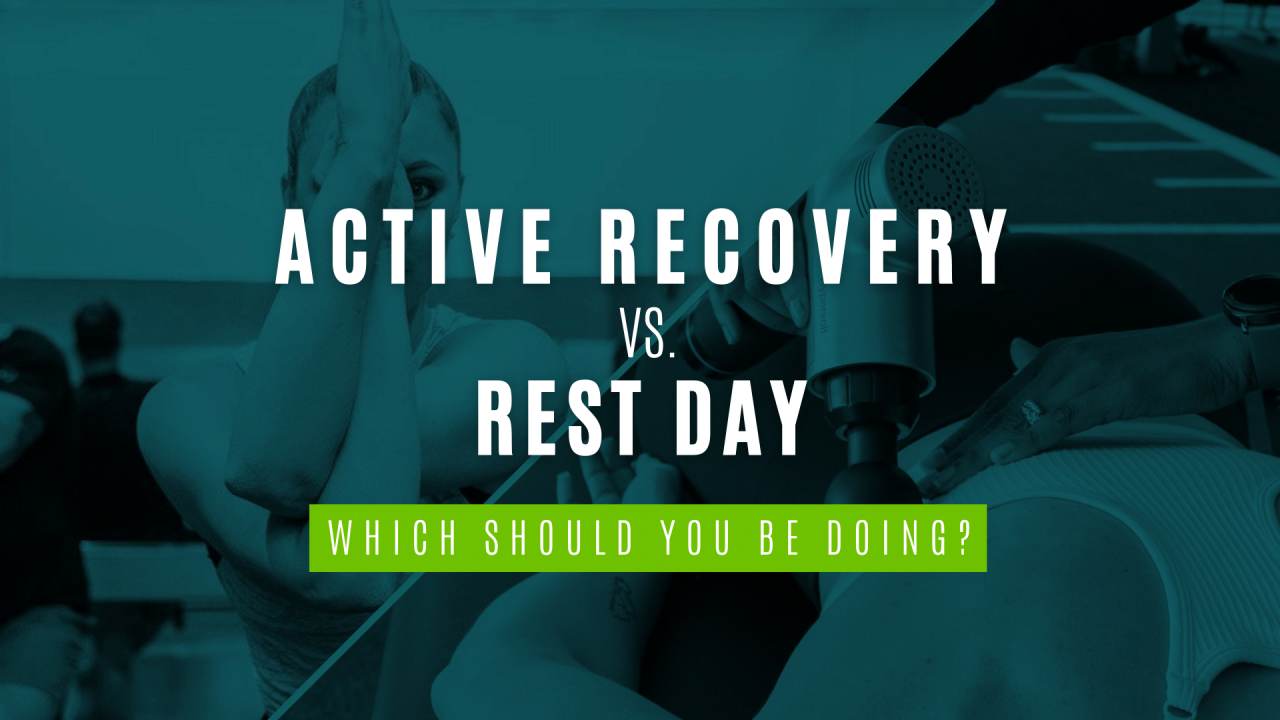
While active recovery offers numerous benefits, it’s crucial to remember that everyone is different, and your body is the ultimate guide. What works for one person may not work for another, and pushing yourself too hard during active recovery can be counterproductive and even lead to injury.
Recognizing Signs of Overtraining
Overtraining is a state of physical and mental exhaustion that occurs when you train too hard or too frequently without allowing adequate rest. It’s important to recognize the signs of overtraining so you can take a step back and prioritize rest and recovery.
- Increased resting heart rate
- Difficulty sleeping
- Loss of motivation
- Decreased performance
- Muscle soreness that doesn’t improve with rest
- Increased susceptibility to illness
If you experience any of these signs, it’s crucial to listen to your body and take a complete rest day. Pushing through overtraining can lead to more serious injuries and set back your fitness progress.
End of Discussion
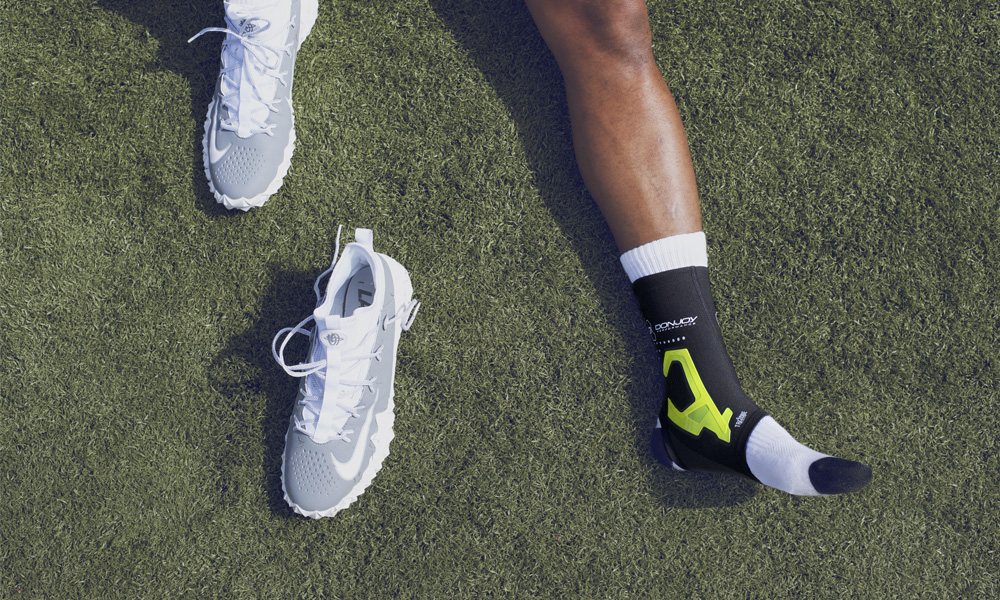
So, is active recovery better than a rest day? The answer, as with most things in fitness, is “it depends.” While active recovery can be a valuable tool for promoting recovery and reducing muscle soreness, a complete rest day is crucial for optimal performance and injury prevention.
The key is to listen to your body and prioritize what it needs. Sometimes, active recovery might be the perfect way to keep the blood flowing and muscles loose, while other times, a full rest day is the best way to allow your body to truly rebuild and rejuvenate.

